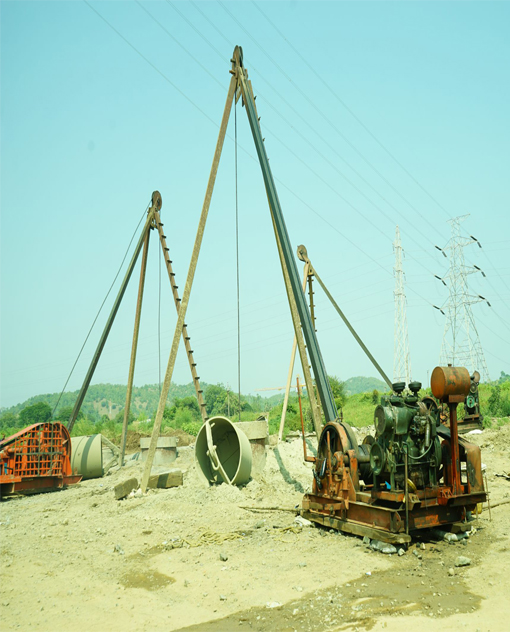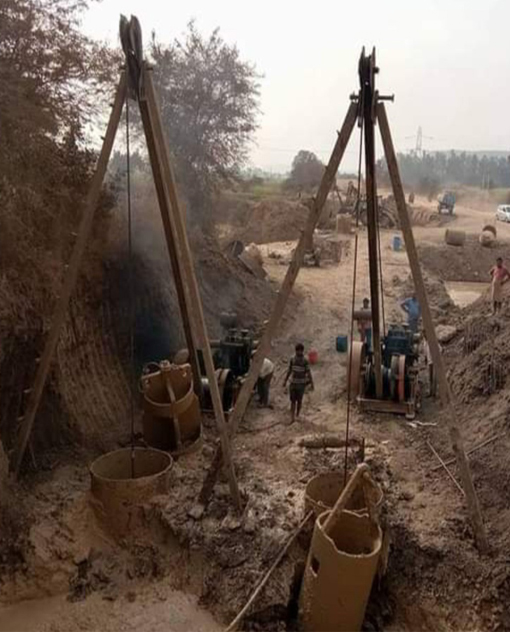Our Product Descriptions
Direct Mud Circulation (DMC) piling is a specialized technique used for constructing deep foundations.
Direct Mud Circulation (DMC) piling is a specialized technique used for constructing deep foundations, particularly in areas with challenging soil conditions such as soft or loose soils, sands, and clays. It's particularly useful where groundwater is present or when soil stability is a concern.
DMC piling offers several advantages over conventional drilling methods, including better control of borehole stability, reduced risk of ground collapse or heaving, and the ability to work in areas with high groundwater tables or sensitive environmental conditions. It is commonly used in the construction of buildings, bridges, retaining walls, and other structures where deep foundations are required.
Here's a breakdown of the process
- Drilling : The process begins with drilling a hole into the ground using a specially designed drilling rig equipped with a hollow-stemmed auger. The auger is rotated into the ground, gradually excavating the soil and creating a borehole of the desired diameter.
- Mud Circulation : As drilling progresses, a mixture of water and bentonite or polymer slurry, known as drilling mud, is continuously pumped down through the hollow stem of the auger and circulated back up to the surface. This circulation helps stabilize the borehole, support the surrounding soil, and prevent collapse or caving.
- Cutting Removal : The drilling mud carries cuttings and debris from the bottom of the borehole to the surface, where they are separated from the mud using various methods such as settling pits, shale shakers, or hydrocyclones. This continuous removal of cuttings ensures that the borehole remains clear and facilitates efficient drilling.
- Installation of Reinforcement : Once the desired depth is reached, the borehole may be further prepared by inserting reinforcement materials such as steel casings, reinforcement cages, or precast concrete piles, depending on the specific requirements of the project. These reinforcements provide structural support and enhance the load-bearing capacity of the foundation.
- Grouting : In some cases, grout may be injected into the surrounding soil or through ports in the reinforcement to further stabilize the borehole and improve soil properties. Grouting can help fill voids, increase soil cohesion, and create a more uniform foundation.
- Completion : After the borehole is fully prepared and reinforced, the drilling equipment is removed, and the foundation is ready for further construction activities, such as setting anchor bolts, connecting structural elements, or pouring concrete.

